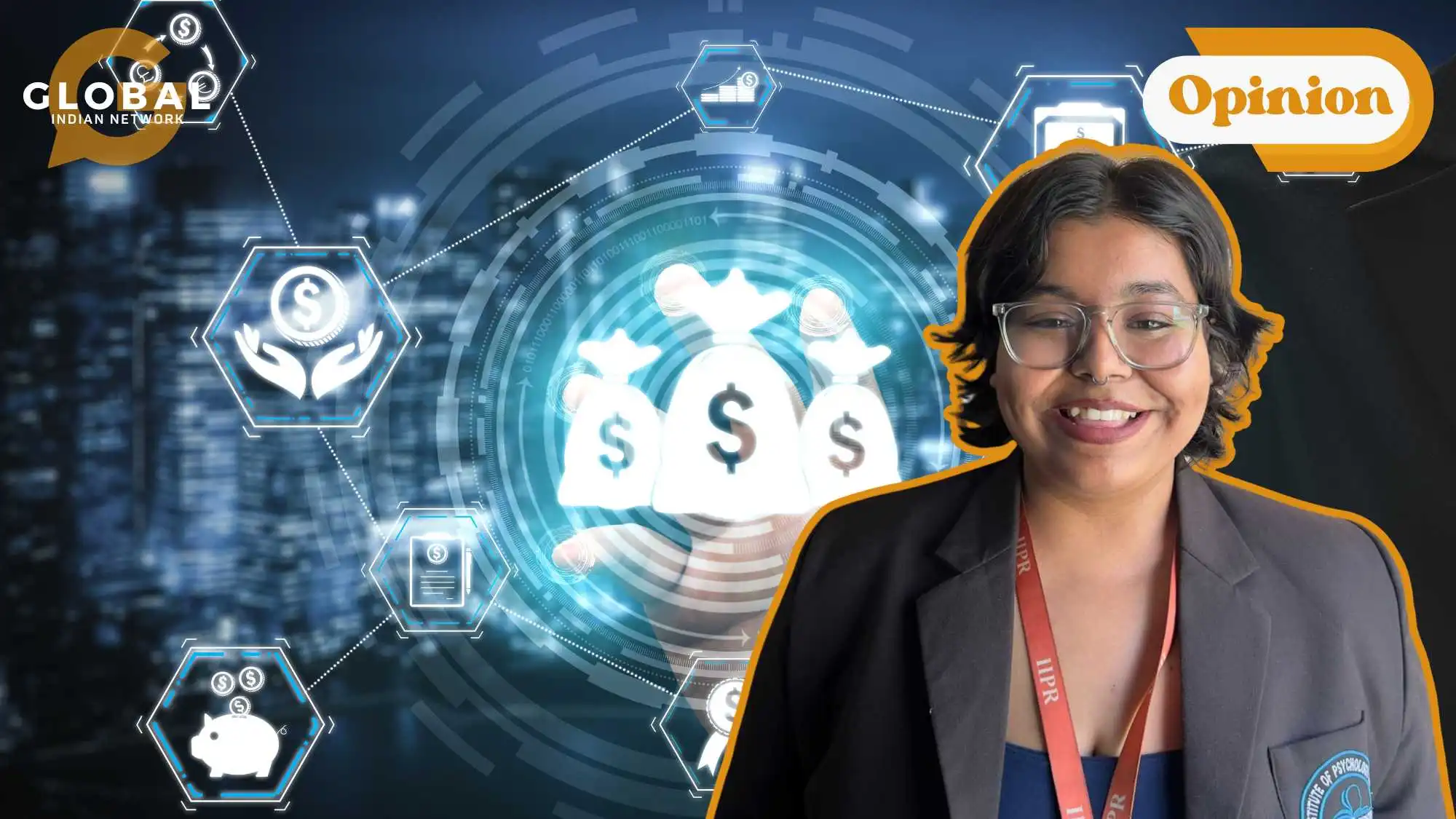According to statistical data, the global subscription economy was valued at $650 billion in 2023 and is projected to be approximately $1.5 trillion by 2027. The upward trend within the subscription services industry has modified how customers interact with products and services. Entertainment, software, and even fundamental needs such as clothing and groceries can be acquired through subscriptions, introducing a new economic paradigm: access over ownership.
Netflix and Spotify are some subscription-based platforms that have revolutionised microtransactions, a model where the customer pays smaller recurring amounts over time rather than incurring a large one-time expenditure. The COVID-19 pandemic was the catalyst for accelerating the adoption of microtransaction systems. Essential goods, along with software solutions, saw a massive influx of subscribers, with people adopting remote work schedules and social distancing. Zoom, Microsoft, and Adobe scored massive numbers in subscriptions. In 2020, Zoom’s customer base grew by 470%, while Microsoft Teams had over 115 million daily active users by October of that year.

This shift from traditional transactions has had extensive implications for several economic indicators:
Gross Domestic Product (GDP)
The tremendous growth in the subscription economy has a positive impact on the GDP, especially in those nations where technology sectors are booming. For instance, the US GDP has seen a perpetual rise due to the growing influence of tech companies offering subscription services. In 2021 alone, the digital economy was estimated to be upwards of $2 trillion, according to the Bureau of Economic Analysis. This economy has managed to single-handedly support the entertainment and technology industries during international crises such as the COVID-19 pandemic and generated employment opportunities in secondary sectors like data management, marketing, and logistics.
Investment and Stock Market Performance
Companies that use subscription-based models have become hotbeds for investments primarily due to their steady revenue flows. For example, Netflix’s market cap grew from $1 billion in 2005 to $200 billion in 2022. Despite being unprofitable, Spotify’s initial public offering (IPO) back in 2018 reflects the confidence of investors in the model. From their point of view, the recurring revenue from subscriptions is perceived as less volatile than revenue from one-time purchases. Startups based on these models are also flooding with venture capital investments. Capitalists claim long-term potential in subscription businesses, which has led to growth in education, health, and digital services.
Inflation and Consumer Behaviour
The expenditure patterns among customers have changed over the years due to subscription services, which ultimately reshaped the inflationary pressures on the economy. The Consumer Price Index (CPI), which measures inflation, adjusts every time there’s a shift in inflationary pressure to account for the recurring subscription payments. The impact of durables on inflation has dampened due to fewer people purchasing physical products. Instead, the decreased need for ownership due to cloud-based services and software allows customers to spread payments without incurring high upfront costs. However, there are several drawbacks to this model. The cost of subscriptions has risen steadily over time, which reduces the disposable income of households, especially if they have subscribed to multiple platforms.

International Trade
Since subscription services operate in multiple markets, for example, Spotify and Apple Music, they are inherently global, creating new business opportunities by facilitating the export of digital products. To cite an instance, the European Union’s Digital Single Market policy promotes access to all digital subscriptions across borders to boost trade in digital services. Such policies eliminate trade barriers, like tariffs and duties on goods, making market expansion easier. This also influences how trade agreements are negotiated. Nations have started prioritising data protection, intellectual property rights, and cybersecurity in trade negotiations, which reflects the increased importance of this microtransaction system.
In economics, the Keynesian theory views consumer spending as the driver of economic growth, which closely relates to the shift from ownership to access. In alignment with the theory, the subscription model encourages aggregate demand by endorsing recurring payments spread over a long period of time, ultimately resulting in sustained economic growth. Moreover, this model facilitates productive consumption, where commodities are consumed as a means to future productivity. For example, applications like Coursera and Adobe Creative Cloud enhance skills and productivity without a large upfront investment. This has a positive impact on labour efficiency and innovation in creative industries.
Additionally, Coase’s Theory of the Firm explains how the primary objective of firms is to minimise transaction costs, time spent on purchases, and managing assets. Subscription-based models do just that—reducing costs for customers by making products more accessible without the burden of ownership.
As subscription models proliferate across industries, they have expanded beyond media and software to sectors such as transportation, education, and even housing. Consider services like Flyrobe, which allows customers to rent outfits rather than buy them outright.
Similarly, automobile giants like Toyota and Volkswagen provide subscription-based vehicle services, where users can opt for any of the cars available in the subscription portfolio for the duration they desire. The field of education is already adopting subscription-based services that provide continuous access to learning materials. This challenges the entire idea of traditional education systems and could potentially replace them with flexible, lifelong learning systems. We can expect to see more industries adopting this model in the future, fundamentally altering our expenditure patterns and how households budget their incomes across investments and savings.

What’s your take on how the subscriptions reshaped our economic behaviour? Feel free to comment below and share your thoughts by sending them to larra@globalindiannetwork.com!









